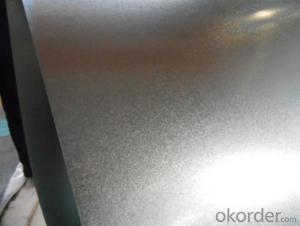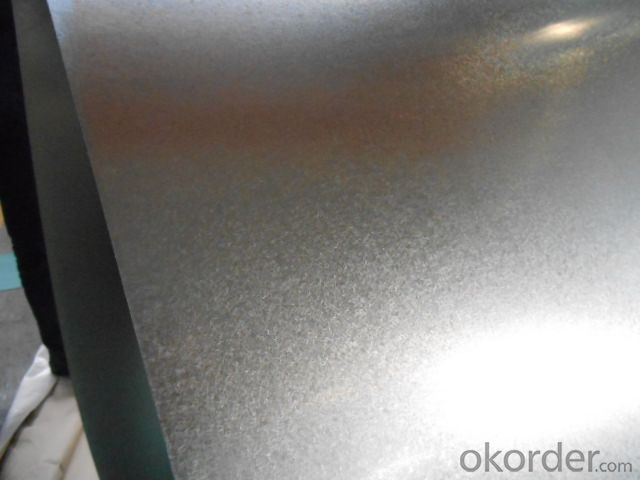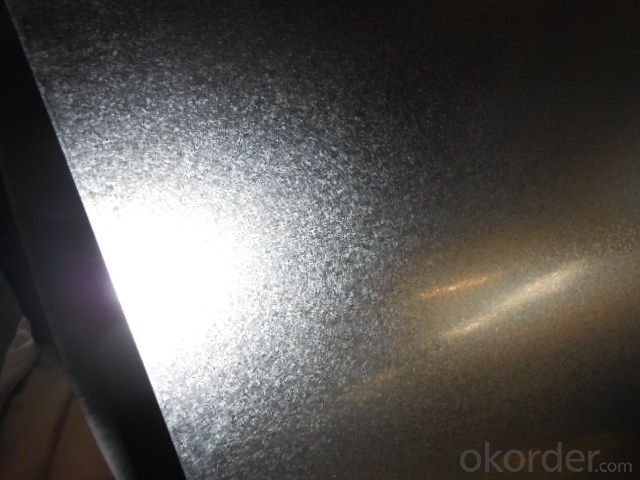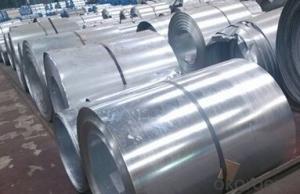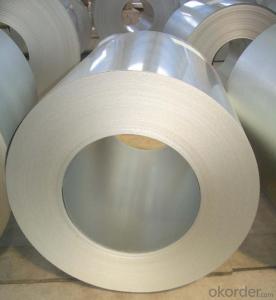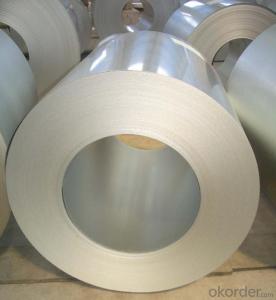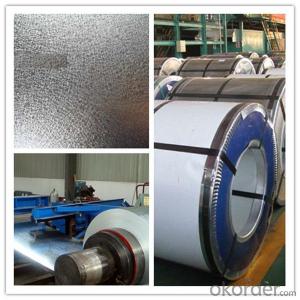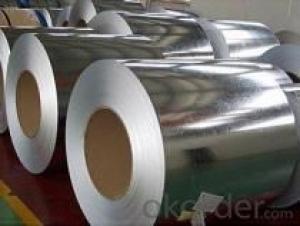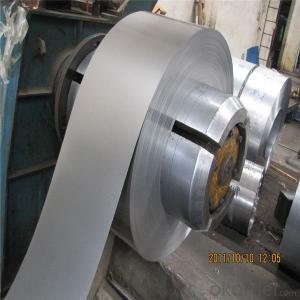Hot-dip Aluzinc Steel Building Roof Walls
- Loading Port:
- China main port
- Payment Terms:
- TT OR LC
- Min Order Qty:
- 25 m.t.
- Supply Capability:
- 20000 m.t./month
OKorder Service Pledge
OKorder Financial Service
You Might Also Like
1. Description of the Hot-dip Aluzinc Steel:
Hot-dip aluzinc steel structure is composed of aluminum-zinc alloy, consisting of 55% aluminum, 43% zinc and 2% at 600 ℃ silicon solidification temperature and composition, the entire structure is made of aluminum - iron - silicon - zinc, to form a dense quaternary crystals an alloy.
Hot-dip aluzinc steel has many excellent features: strong corrosion resistance, is three times the pure galvanized sheet; zinc surface with beautiful flowers, can be used as a building outside board.
Applications of hot-dip aluzinc steel:
1)Building: roof, walls, garages, soundproof walls, pipes and modular housing.
2)Automotive: muffler, exhaust pipes, wiper accessories, fuel tank, truck boxes, etc.
3)Appliances: refrigerator back, gas stove, air conditioners, microwave oven, LCD frame, 4)CRT-proof band, LED backlight, electrical cabinets, etc.
5)Farm: barn, sheds, silos, piping and other greenhouse.
6)Other: breaking heat insulation cover, heat exchangers, dryers, warm water, etc.
2.Main Features of the Hot-dip Aluzinc Steel:
• Excellent corrosion resistance
• High temperature oxidation resistance
• High hot reflectance
• Good manufacturability
•Beautiful appearance
•Surface coating
•Cost-effective
3.Hot-dip Aluzinc Steel Images
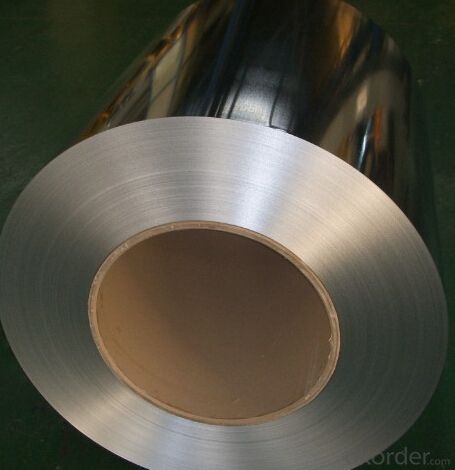
4.Hot-dip Aluzinc Steel Specification
AVAILABLE SPECIFICATION
HOT-DIP ALUZINC STEEL COILS | |
THICKNESS | 0.16mm-3.5mm |
WIDTH | 1250mm MAX |
COATING MASS | 30g/ m2-185 g/ m2 |
SPANGLE | Regular Spangle, Minimized Spangle, Zero Spangle |
SURFACE TREATMENT | Chromated / non-chromated, Oiled / non-oiled, Anti Finger Print |
COIL INNER DIAMETER | 508mm or 610mm |
HOT-DIP ALUZINC STEEL COILS | |||
COMMERCIAL QUALITY | ASTM A792M-06a | EN10327-2004 | JIS G 3321:2010 |
STRUCTURE STEEL | SS GRADE 230 SS GRADE 255 SS GRADE 275 SS GRADE 340 SS GRADE 550 | S220GD+AZ S250GD+AZ S280GD+AZ S320GD+AZ S350GD+AZ S550GD+AZ | SGLC400 SGLC440 SGLC490 SGLC570 |
5.FAQ of Hot-dip Aluzinc Steel
1. How to guarantee the quality of the products?
We have established the international advanced quality management system,every link from raw material to final product we have strict quality test;We resolutely put an end to unqualified products flowing into the market. At the same time, we will provide necessary follow-up service assurance.
2. How long can we receive the product after purchase?
Production period is 30 days. And we’d prefer you can give us more time to book vessel.
3. What’s the usage of Aluzic coil?
Auto manufacture, Oil drum, Transformer's tank panel, Furniture etc.
- Q: hi to every one I need to konw moer about steel and iron industry (process) thank you in advance for your intresting
- Primary Steel Making first Iron ore Coke Lime stone are mined and then took to the steel plant and put in the top off a blast furnace and sinks down to the bottom off the blast furnace and turns into molten iron. Once this process has been done it is then transferred to a BOS (Basic Oxygen Steel Making) this is then poured from a ladle into the BOS and a Lance is inserted into the BOS and pure oxygen is blown into the BOS for about 30 min and turns into steel.
- Q: Im getting a new guitar soon, and it has steel strings. ive heard that nilon strings are better? thanks:)
- Nylon strings aren't better The very notion of such is absurd. They're different. They sound different and feel different. Different guitars are designed for different types of strings. Nylon string guitars are most commonly associated with classical music (you'll never see a real classical musician play a steel string guitar) Whoever told you that nylon strings are better should be ignored altogether. They're obviously not a good source of information.
- Q: How are steel coils used in the production of steel knobs?
- Steel coils are used in the production of steel knobs by being fed into a stamping machine, where they are cut into the desired shape and size. The coils provide a continuous supply of steel material, ensuring efficiency and consistency in knob production.
- Q: What are the dimensions of steel coils used in the structural component industry?
- The dimensions of steel coils used in the structural component industry can vary depending on the specific application and requirements. However, common dimensions for steel coils in this industry typically range from 0.5 to 3.0 millimeters in thickness and 600 to 2000 millimeters in width. The length of the coils can vary but is often around 2000 to 2500 meters.
- Q: How are steel coils processed for edge trimming or conditioning?
- Steel coils are processed for edge trimming or conditioning through a series of steps. First, the coils are unwound and fed into a machine that trims the edges to remove any irregularities or imperfections. This process ensures that the edges are smooth and straight. After trimming, the coils may undergo further conditioning, which involves heat treatment or surface coating to enhance their properties and durability. Overall, these processes are essential for producing high-quality steel coils that meet the desired specifications and standards.
- Q: What are the different methods of surface treatment for steel coils?
- There are several different methods of surface treatment for steel coils, each with its own benefits and applications. Some of the most common methods include: 1. Hot-dip galvanizing: This is a process where the steel coil is immersed in a bath of molten zinc, which forms a protective coating on the surface. Hot-dip galvanizing provides excellent corrosion resistance and is commonly used in outdoor applications such as roofing, fencing, and automotive parts. 2. Electro-galvanizing: In this method, a thin layer of zinc is electroplated onto the surface of the steel coil. Electro-galvanizing offers similar corrosion resistance as hot-dip galvanizing, but with a thinner coating. It is often used in applications where a smooth and aesthetically pleasing finish is desired, such as appliances, electrical equipment, and automotive components. 3. Powder coating: Powder coating involves applying a dry powder to the surface of the steel coil, which is then cured under heat to form a durable and protective layer. This method provides excellent resistance to chipping, scratching, and fading, making it suitable for a wide range of indoor and outdoor applications. 4. Painting: Steel coils can also be treated with conventional liquid paint coatings, which provide both protection and aesthetic appeal. Paint coatings can be customized to meet specific requirements such as corrosion resistance, UV protection, or chemical resistance. They are commonly used in industries such as construction, automotive, and appliances. 5. Pickling and oiling: This method involves removing any scale or rust from the surface of the steel coil by dipping it in an acid solution (pickling), followed by a coating of oil to prevent reoxidation. Pickling and oiling are typically used for temporary corrosion protection during storage and transportation of steel coils. 6. Pre-painted coatings: Steel coils can be coated with pre-painted finishes at the manufacturing stage. Pre-painted coatings are applied in a continuous process, where the steel coil is passed through a coating line, and a layer of paint is applied. This method provides a wide range of colors and finishes, making it popular in the construction, automotive, and appliance industries. These are just a few of the methods commonly used for surface treatment of steel coils. The choice of method depends on factors such as the desired level of corrosion resistance, aesthetics, environmental conditions, and the specific application requirements.
- Q: How are steel coils used in the production of medical equipment?
- Steel coils have various applications in the manufacturing of medical equipment. One way they are commonly used is in the production of surgical instruments. Scalpels, forceps, and clamps, for example, require a cutting edge that is both sharp and long-lasting. Steel coils are ideal for creating these edges as they can be easily shaped, hardened, and sharpened, ensuring precision and durability. Furthermore, medical devices like braces, orthopedic implants, and prosthetics often incorporate steel coils. These devices necessitate materials with exceptional strength and durability to provide support and stability to the body. Steel coils can be molded into different forms and sizes to meet the specific needs of patients, delivering the required support and functionality. Moreover, steel coils find application in the manufacturing of medical equipment such as MRI machines and X-ray systems. These machines rely on robust and dependable components to guarantee accurate imaging and diagnostics. Steel coils are integral to the construction of these machines as they provide stability and structural support, enabling precise and high-quality imaging. To summarize, steel coils are of utmost importance in the production of medical equipment as they offer strength, durability, and versatility. Whether it's surgical instruments, orthopedic devices, or diagnostic machines, steel coils are utilized to create dependable and high-performing medical equipment that ultimately enhances patient care and outcomes.
- Q: How are steel coils transported?
- Steel coils are typically transported using specialized flatbed trucks or railcars. The coils are carefully loaded onto these vehicles and secured using straps or chains to prevent any movement during transit. In some cases, shipping containers are also used to transport steel coils via cargo ships.
- Q: How are steel coils used in the manufacturing of conveyor belts?
- Steel coils are used in the manufacturing of conveyor belts as they provide strength, durability, and flexibility to withstand the heavy loads and continuous movement experienced in conveyor systems. The coils are shaped into a continuous loop, forming the core structure of the belt, which is then covered with various materials to enhance grip, prevent slipping, and improve overall performance.
- Q: tinplate,hot rolled coil,hot rolled sheet,cold rolled coil,cold rolled sheet,d bar,wire rod,triangle,structural steel,steel pipe,steel tube,carbon steel pipe
- Here are the top 30 steel producing companies in the world, listed by the megaton output: 1. 63.0 Mton Mittal Steel Company NV (Global) [2] 2. 46.7 Mton Arcelor (Europe) [3] 3. 32.0 Mton Nippon Steel (Japan) [4] 4. 30.5 Mton POSCO (South Korea) [5] 5. 29.9 Mton JFE (Japan) [6] 6. 23.8 Mton Shanghai Baosteel Group Corporation (China) 7. 19.3 Mton United States Steel Corporation (United States) 8. 18.4 Mton Nucor Corporation (United States) 9. 18.2 Mton Corus Group (Europe) [7] 10. 17.5 Mton Riva Group (Europe) [8] 11. 16.5 Mton ThyssenKrupp (Europe) [9] 12. 16.1 Mton Tangshan (China) 13. 13.9 Mton EvrazHolding (Russia) 14. 13.7 Mton Gerdau (Brazil) 15. 13.6 Mton Severstal (Russia) 16. 13.5 Mton Sumitomo Metal Industries (Japan) 17. 13.4 Mton SAIL (India) 18. 12.0 Mton Wuhan Iron and Steel (China) 19. 11.9 Mton Anshan (China) 20. 11.4 Mton Magnitogorsk (Russia) 21. 10.5 Mton Jiangsu Shagang (China) 22. 10.5 Mton Shougang (China) 23. 10.4 Mton Jinan (China) 24. 10.3 Mton Laiwu (China) 25. 10.3 Mton China Steel (Taiwan) [10] 26. 9.6 Mton Maanshan 27. 9.4 Mton Imidro 28. 8.7 Mton Techint 29. 8.7 Mton Usiminas (Brazil) 30. 8.5 Mton Novolipetsk (Russia)
Send your message to us
Hot-dip Aluzinc Steel Building Roof Walls
- Loading Port:
- China main port
- Payment Terms:
- TT OR LC
- Min Order Qty:
- 25 m.t.
- Supply Capability:
- 20000 m.t./month
OKorder Service Pledge
OKorder Financial Service
Similar products
Hot products
Hot Searches
Related keywords
